Massage therapists, or masseurs/ masseuses as they are sometimes called, are very much in demand nowadays because they help relieve tension, aches, and pains caused by everyday life as well as treat people recovering from injuries or with medical conditions.
Sports massage therapy is a popular type of massage therapy that helps athletes, fitness buffs and active people with their recovery process especially before and after a workout or a sporting event.
As a sports massage therapist, you can assist in the recovery of sports injuries and ensure that athletes are on form before and after their events – making this a very lucrative career.
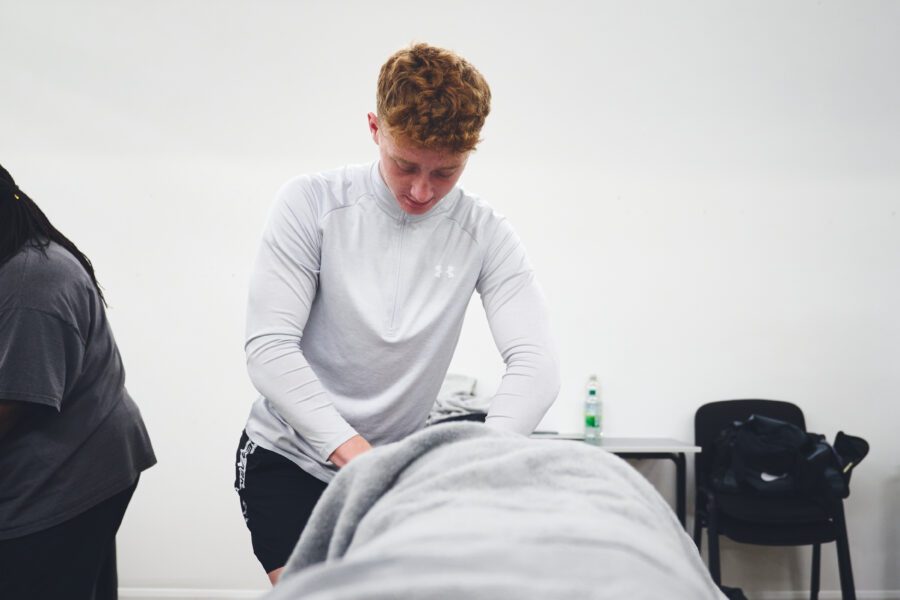
The first step to becoming a Sports Massage Therapist can be difficult to figure out. That’s why we have written this guide, to make this process easier.
Here you’ll find everything from skills, qualifications, insurance and vocational training paths.
Your guide will give you full information about salary, qualifications and career progressions. You’ll also have the opportunity to speak with one of our expert Career Advisers, who can provide friendly, no-obligation advice about your options and help you get started if you’re ready.
Following the five simple steps below, and you’ll be on your way to becoming a Sports Massage Therapist…

Sports massage therapy is a diverse career that requires different skills such as interpersonal skills, patience, empathy, communication, tact, discretion, patience, active listening, and others.
You need good interpersonal skills as a massage therapist to ensure your clients are at ease with you because massage therapy can be a very intimate experience for clients.
Physical fitness and postural awareness are other very important qualities you need to have, as massage therapy will require you to spend most of the time on your feet, and this can get really taxing if you don’t take care of yourself.
Plus, business skills are essential if you are going to be a freelance sports massage therapist, as you need to be able to market yourself and build your business.
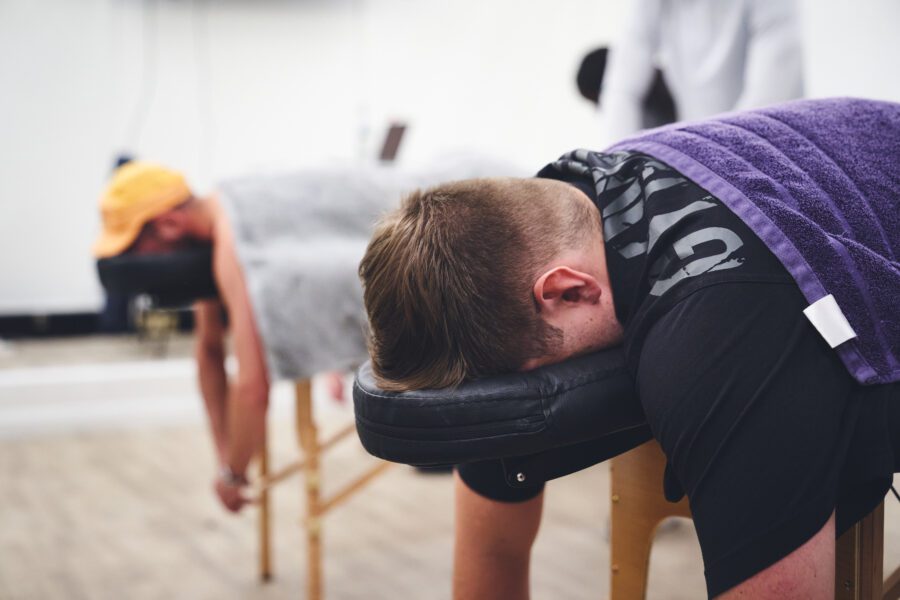
As mentioned earlier, there are no set massage therapist qualification requirements however you will need to have qualifications for only for insurance but to establish yourself as a professional massage therapist.
Plus, the Council for Soft Tissue Therapies, the governing body for massage therapy, recommends that all therapists undertake training for at least six months full-time or 12 months part-time.
The qualification you undertake will depend on the massage therapy you want to specialise in. Whatever massage therapy course you take, you need to learn about the anatomy and physiology of the human body to ensure you don’t do more harm than good when massaging your clients.
If you have a GCSE in either Physical Education and/or biology, you may already be familiar with some of the course content which will give you a sound foundation for any sports massage course you take.
Below are some of the qualifications and courses you can partake in to become a certified massage therapist.

Depending on where exactly you are in your career, you can begin your massage therapist career by taking advanced apprenticeships with professionals like a beauty therapist or holistic wellbeing professional.
These apprenticeships will help you gain some skills and experience needed to advance your career.
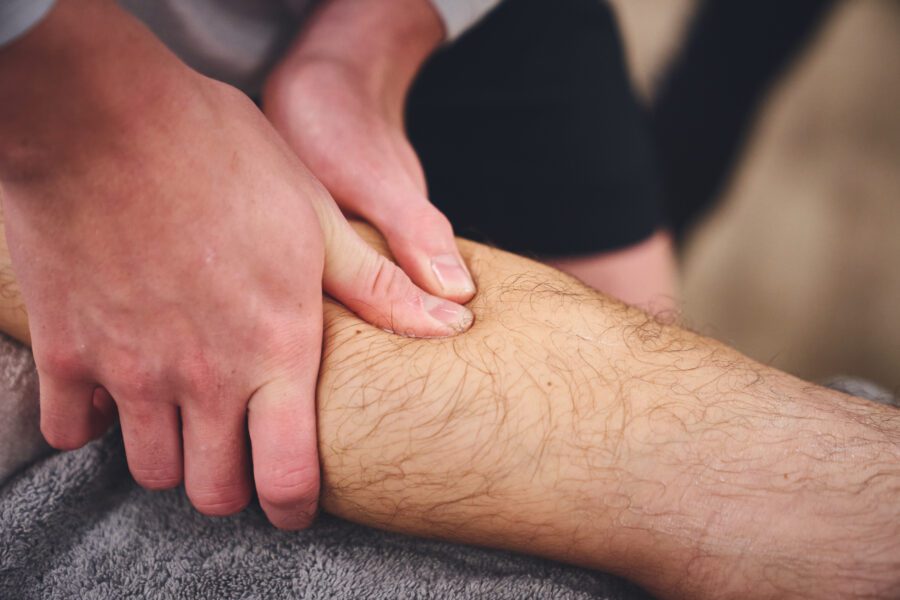
There are professional bodies you can join voluntarily to provide career support and credibility.
A couple of examples are the Complementary and Natural Healthcare Council (CNHC) and Federation of Holistic Therapists (FHT).
As a sports massage therapist, you can also join the Sports Massage Association, Sports Therapy Organisation, and Sports Therapy Association.
Some of these professional bodies accept Sports massage therapists with Level 3 qualification or higher – with a few going up to Level 7.

After getting all the necessary qualifications and joining professional bodies, you need to decide whether you’ll seek employment or start your own massage therapy business.
If you decide on the former, you can look for jobs at government and private medical organisations as well as spas, hotels, gyms, or as a PT.
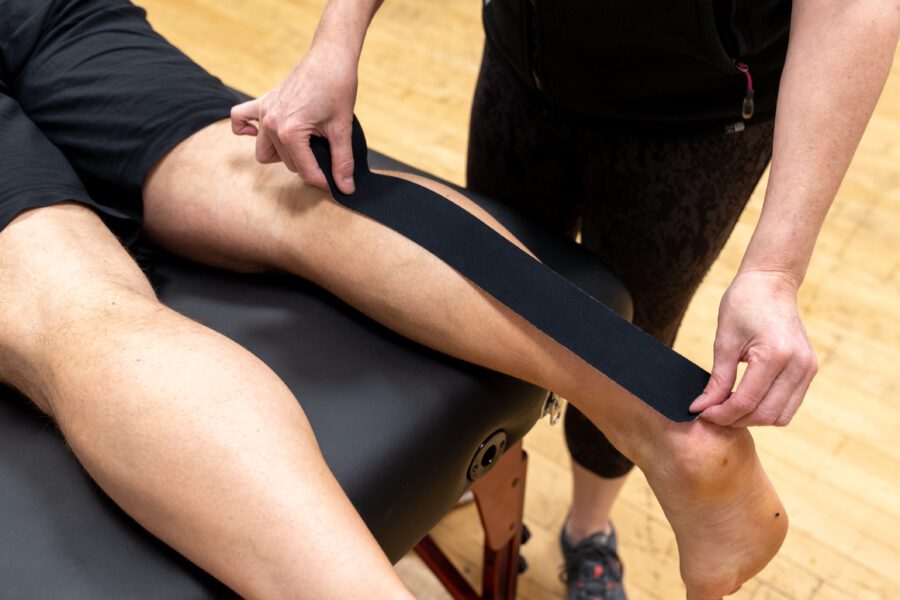
Under the London Local Authorities Act 1991, all premises that offer special treatments must have a massage and special treatment license.
Before you set up your massage therapy business, you need to be licensed.
Also, if you plan on becoming a self-employed massage therapist, you need to register your business with HMRC.
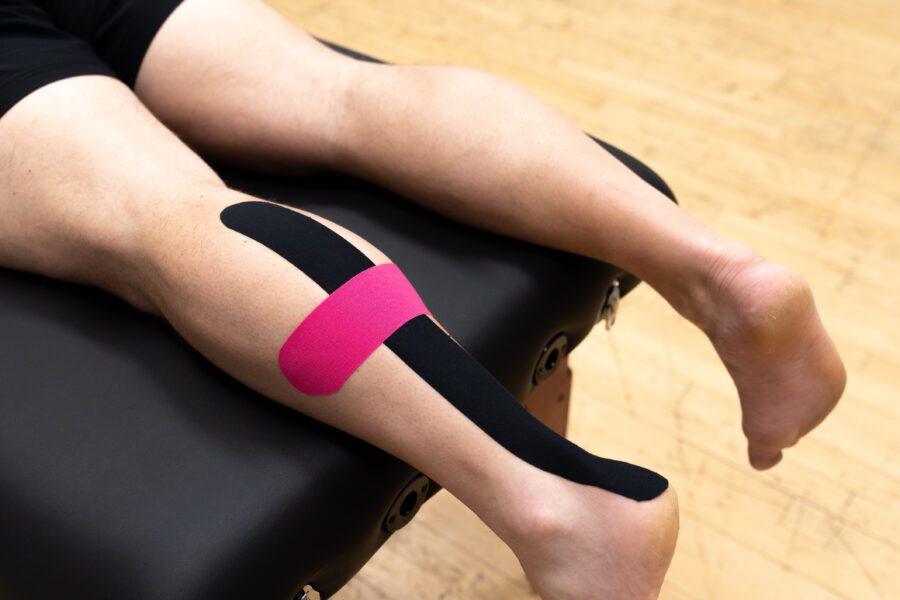
As a sole trader or a limited liability company that offers massage therapy services, you need to consider having massage therapy insurance to protect your business and your clients if anything goes wrong.
This will cover treatment insurance, equipment insurance, personal accident insurance, treatment insurance, and others.
Also, professional indemnity insurance protects you if you give bad advice or make a mistake at work – whether gym or spa.